
Researchers warn Antarctica is undergoing abrupt changes that could trigger global consequences.
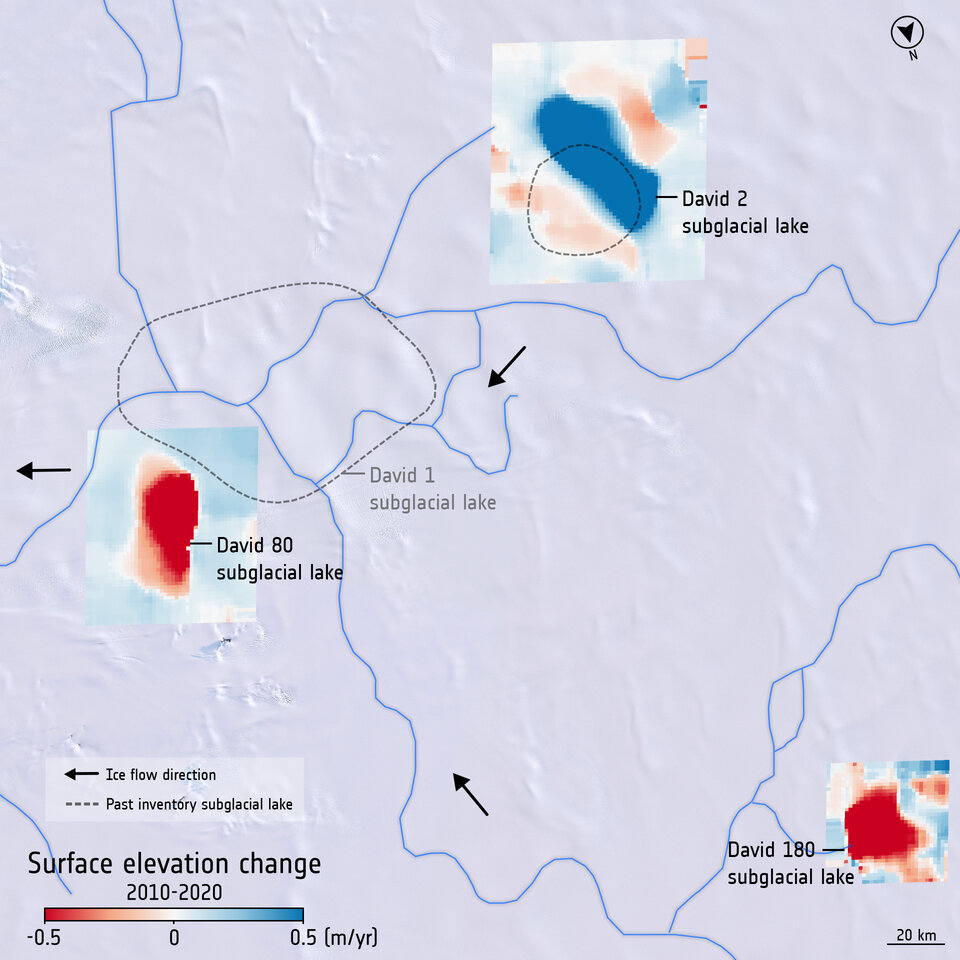
researchers have identified 85 previously unknown lakes several kilometres under the frozen surface surrounding the South Pole. This increases the number of known active subglacial lakes below Antarctica by more than half to 231.

Have you ever imagined what Antarctica looks like beneath its thick blanket of ice? Hidden below are rugged mountains, valleys, hills and plains.
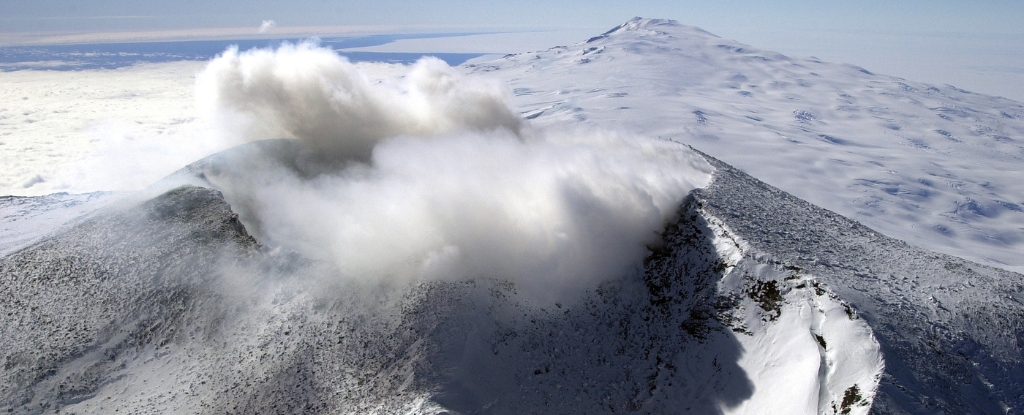
Deep under the frozen desert of western Antarctica, a hidden danger slumbers. Lurking beneath the massive, 1–2 kilometer-thick slab of frozen water lies an active volcanic rift, seething away in the deep, in the darkness.

A23a originally broke away from Antarctica’s Filchner-Ronne Ice Shelf in 1986 and remained stuck close to the continent for decades. Now A23a is on the move again.

Antarctica has shown a warming trend over the past 60 years, with the West Antarctic and Antarctic Peninsula regions showing a faster change.
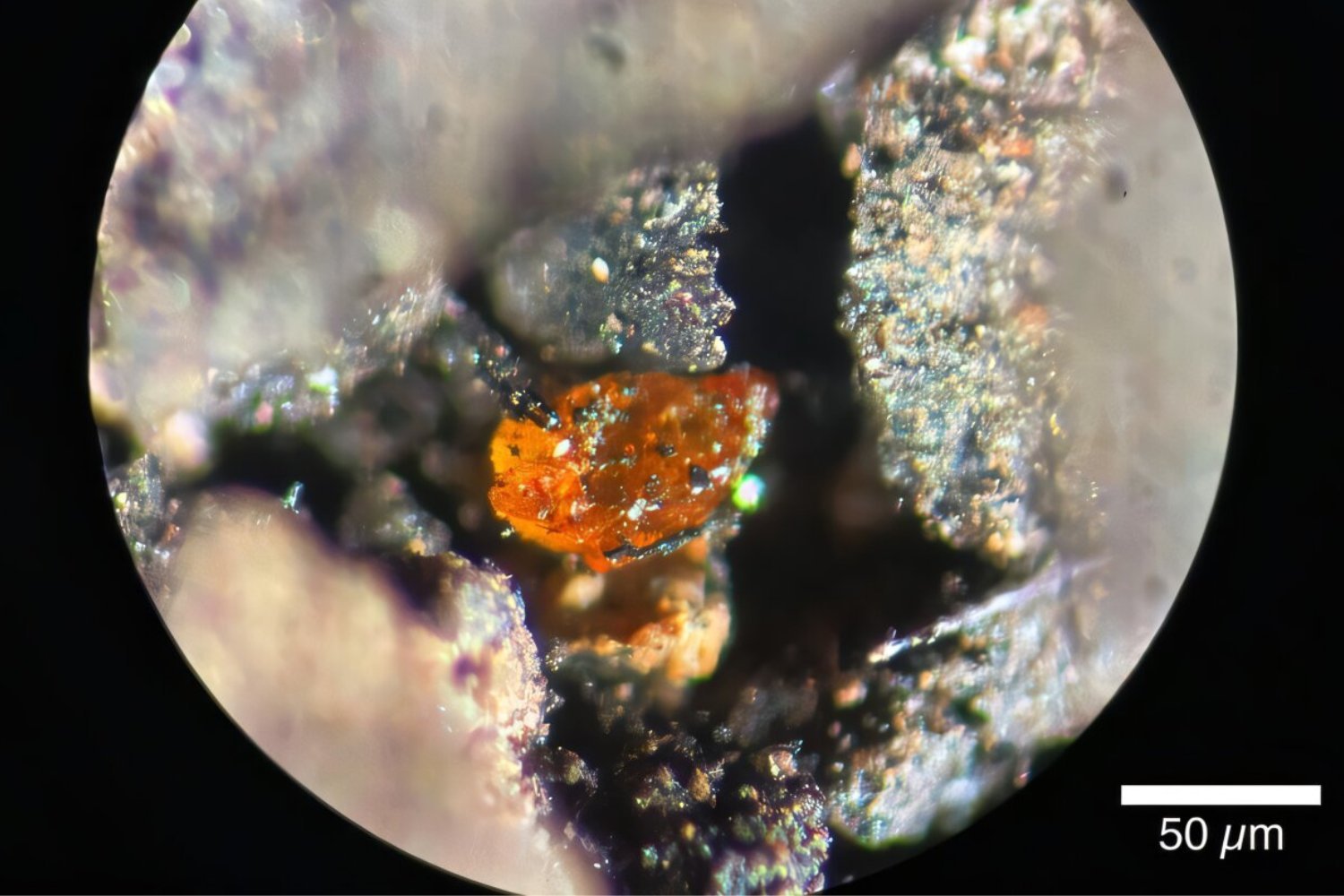
Today, Antarctica is a huge frozen continent, though it was once temperate enough to be covered in swampy forests. Now, a team of scientists has discovered fossilized tree resin—amber—on the continent for the first time.

In fact, research has shown that Antarctica is rising up out of the ocean as it sheds its ice, and the effects on our planet are going to be massive.
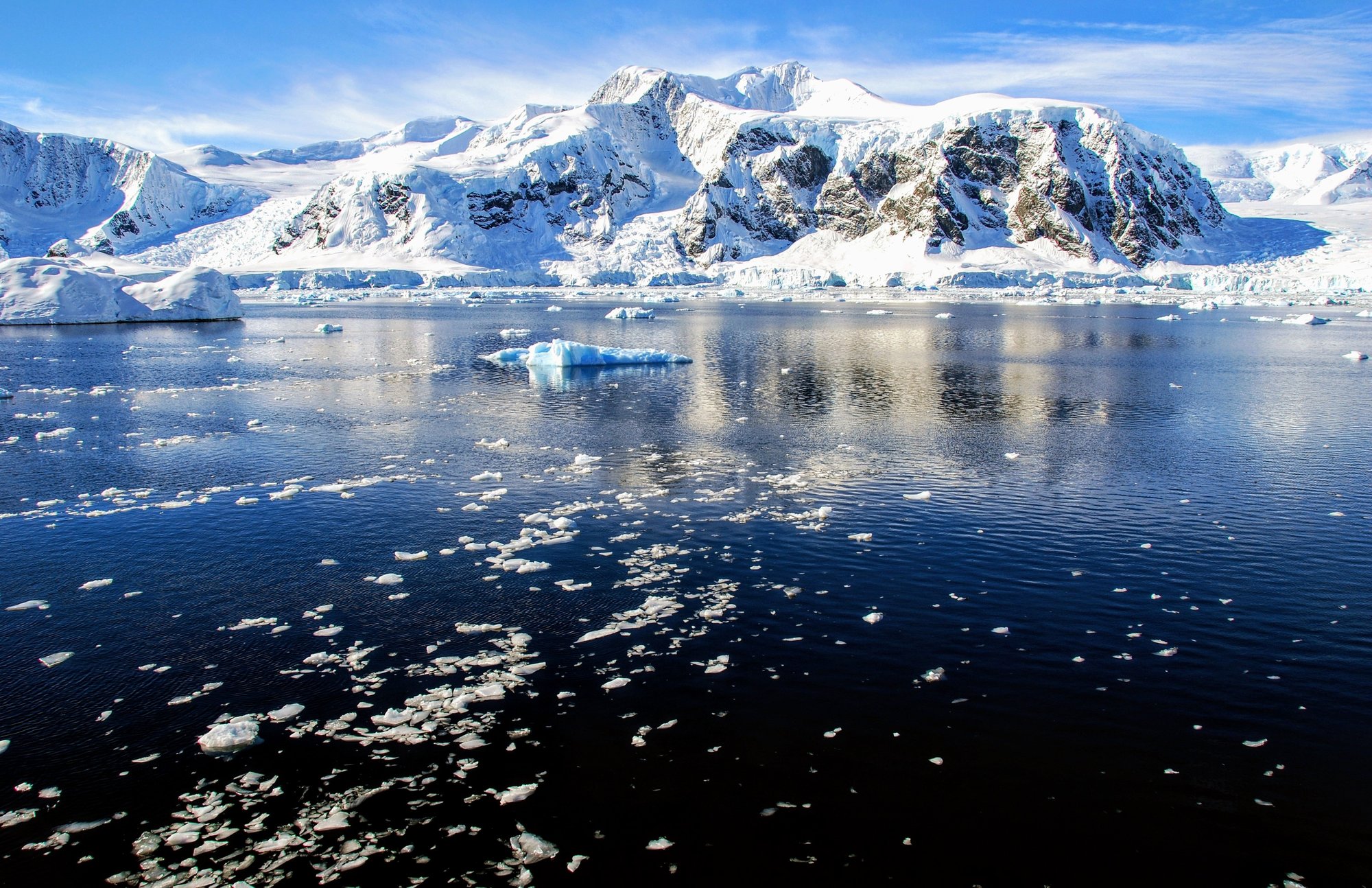
Ice sheets, the massive frozen expanses covering Antarctica, are harboring a hidden threat beneath their surface.

The hunt for the origin of garnet crystals found on South Australian beaches took researchers thousands of kilometres and half a billion years back in time to a hidden Antarctic mountain range.
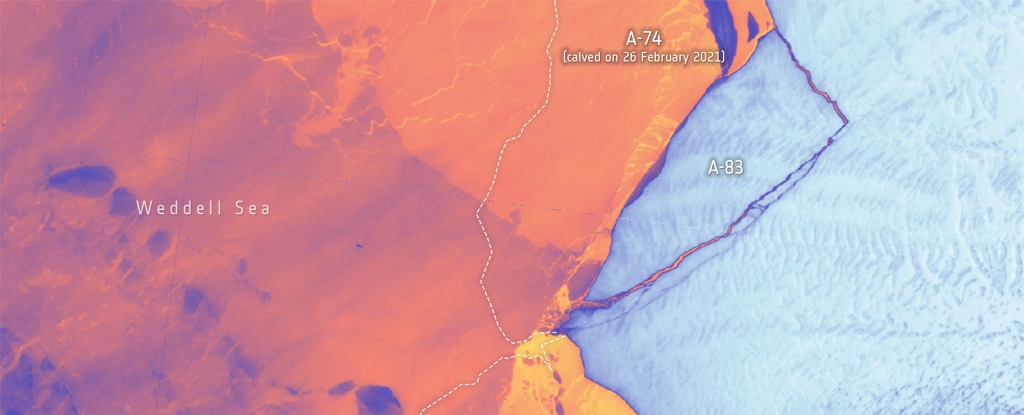
On May 20th, 2024, an iceberg measuring 380 square kilometers broke off the Brunt Ice Shelf in Antarctica. This event (A-83) is this region's third significant iceberg calving in the past four years.
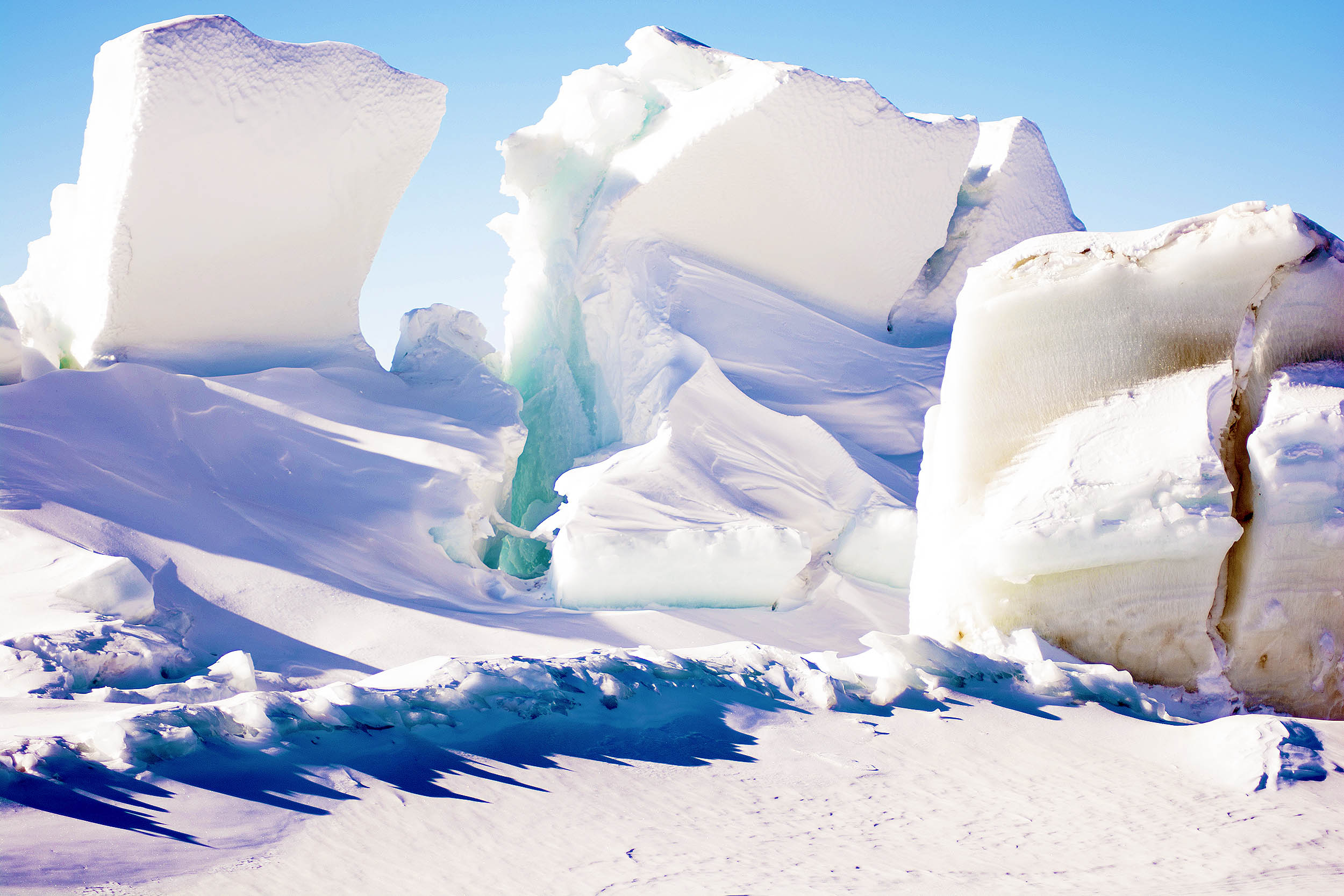
Antarctica’s Ross Ice Shelf, a massive floating ice platform about the size of France, shifts suddenly a few centimeters at least once a day.

For every tenth of a degree of increase in global air temperature, an average of nearly 9,000 meteorites disappear from the surface of the ice sheet.

Scientists have discovered in Antarctic ice a strange link between past levels of atmospheric carbon dioxide and centuries-long global pandemics, reminding us of just how easily humans - or the lack thereof - can shape planet Earth.

This direct historical connection suggests that around 125,000 years ago, the massive 2.2 million cubic kilometer West Antarctic Ice Sheet that separates the two bays had fully collapsed into the sea.